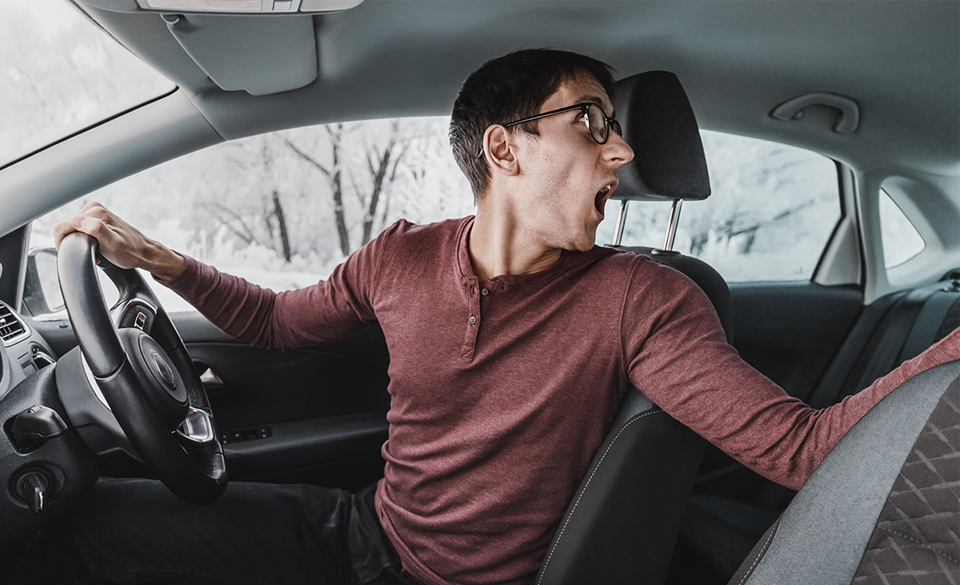Every driver is different and will likely have their own preferences regarding manoeuvres and the mechanisms of their vehicles. Modern technology has made driving more accessible than ever before, but despite years of stereotypes, jokes and hot debate about some topics, they remain relevant: and parking is just one of them.
While some are confident enough to navigate even the trickiest parking spaces without help, many drivers can benefit hugely from technology.

© frantic00 / Shutterstock
Reverse cameras
Reverse cameras are fitted onto rear and display a real-time image of what’s behind your vehicle on a screen. This allows the driver to view exactly what they’re reversing up against without having to crane their neck around to see. Some models have helpful guidelines overlaying the camera display to guide the vehicle’s positioning, which can be useful when gauging distances.
These cameras provide an accurate picture of the space behind the car, but it is not always clear exactly how close any obstacles are without parking sensors.
Parking sensors
Parking sensors are a standard feature on many new cars and are fitted on its exterior. They use ultrasonic technology to determine the distance between the vehicle and its surroundings. When it detects that there may be risk of a collision due to the close proximity of something, it emits a warning sound and continues to do so to allow the driver to adjust their driving position. Parking sensors can be fitted either just to the back of a vehicle or surrounding it on all sides, but they do not provide any real-time visual of what’s happening outside of the car.
Should you get one or both?
Both devices provide peace of mind to drivers through the provision of awareness and alarm to help avoid accidents or collisions when parking. Studies have suggested that reverse cameras are the safest option of the two individually – but they are less common, having been limited to high-end vehicles in the past.
What works best is simply down to personal preference. However, drivers need not worry when it comes to purchasing a vehicle if it doesn’t have their preferred device installed, as they can be retrofitted to many models of car whether or not there is already something similar in place.
When retrofit specialists are accredited by the FSC (Federation of Communication) code of practice, drivers can be assured of a seamless and secure service. Such specialists often travel regularly to provide installation nationwide.
Today, many drivers opt to have both installed, so that they have visual and audible cues of the safety of their surroundings when parking. This gives an assurance of security and provides the best possible chance to avert any collisions or damage to the vehicle and allows for the driver to take advantage of some parking spaces they may have otherwise chosen to avoid!
With 1 in 5 car accidents occurring in car parks and motorists spending an average of £1.5bn a year on car park related accidental damage, it’s really no surprise that more drivers than ever are looking to protect their vehicles with driver assist technology. Vehicle owners can navigate tricky parking spaces, ensure their car’s safety and make sure they park perfectly every time… what’s not to like?

